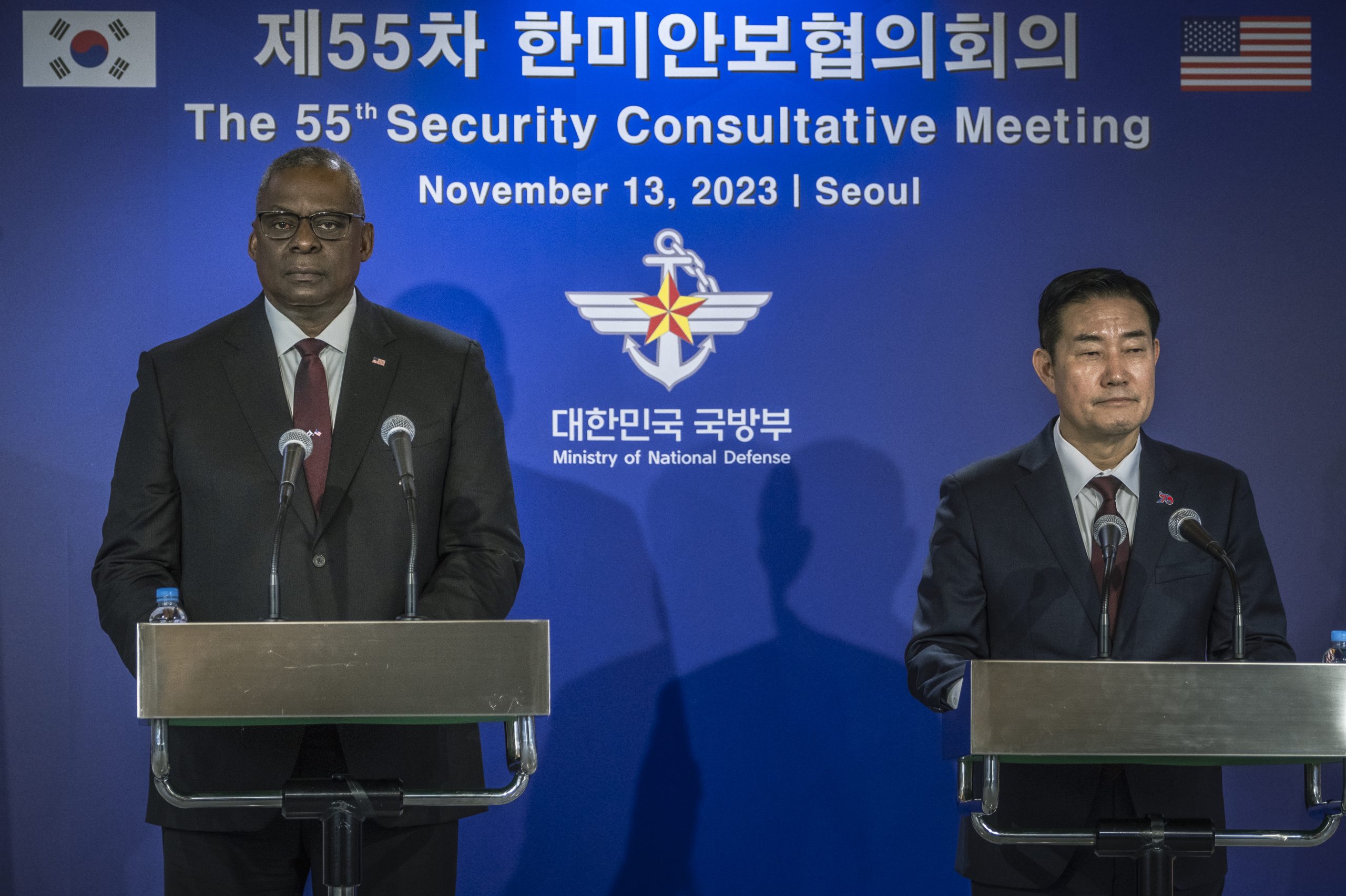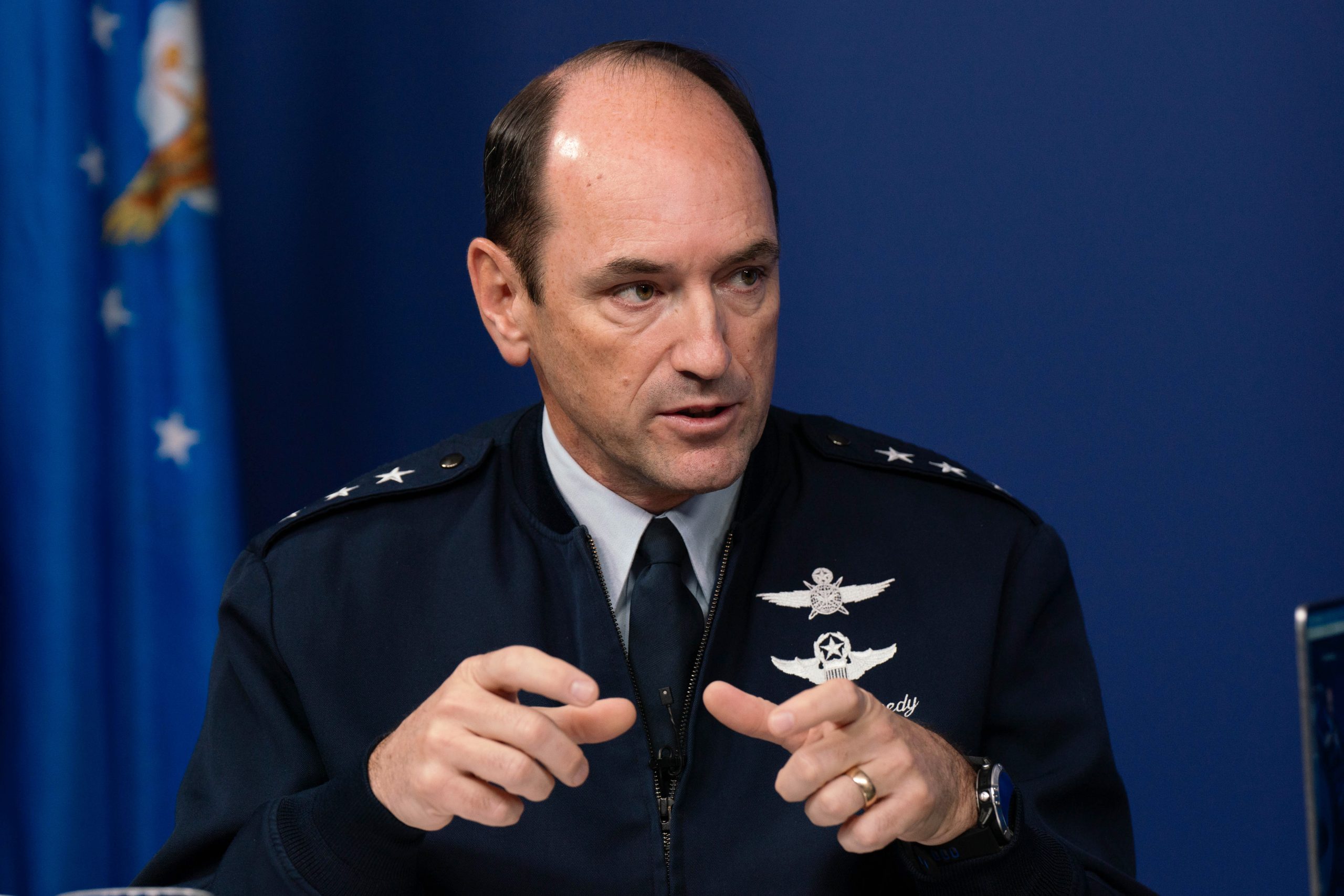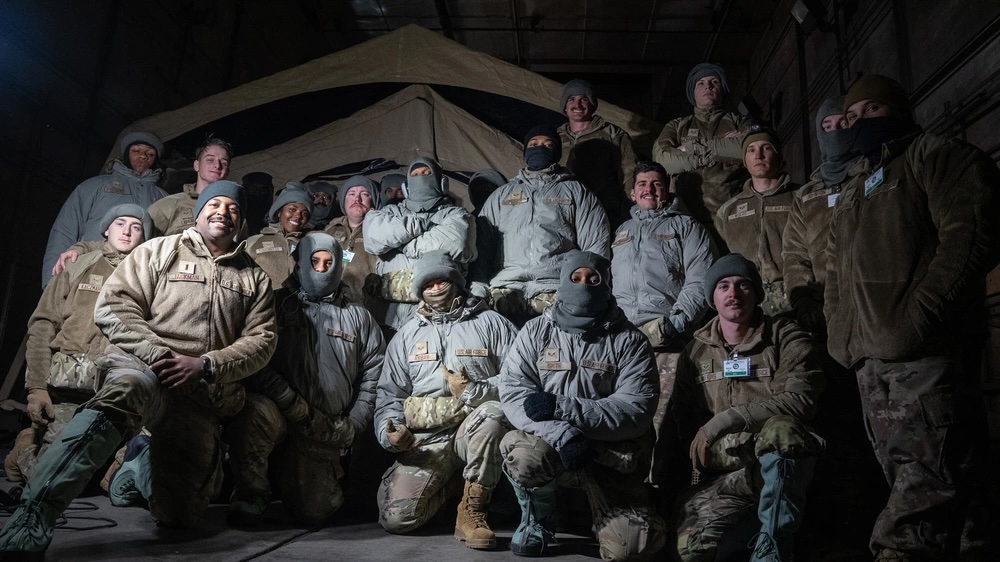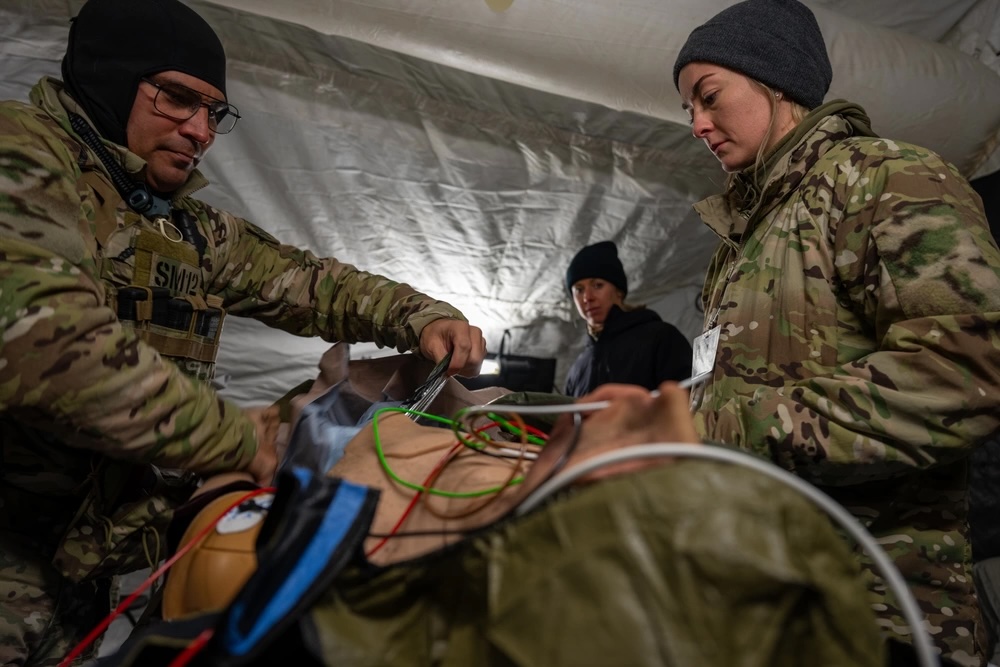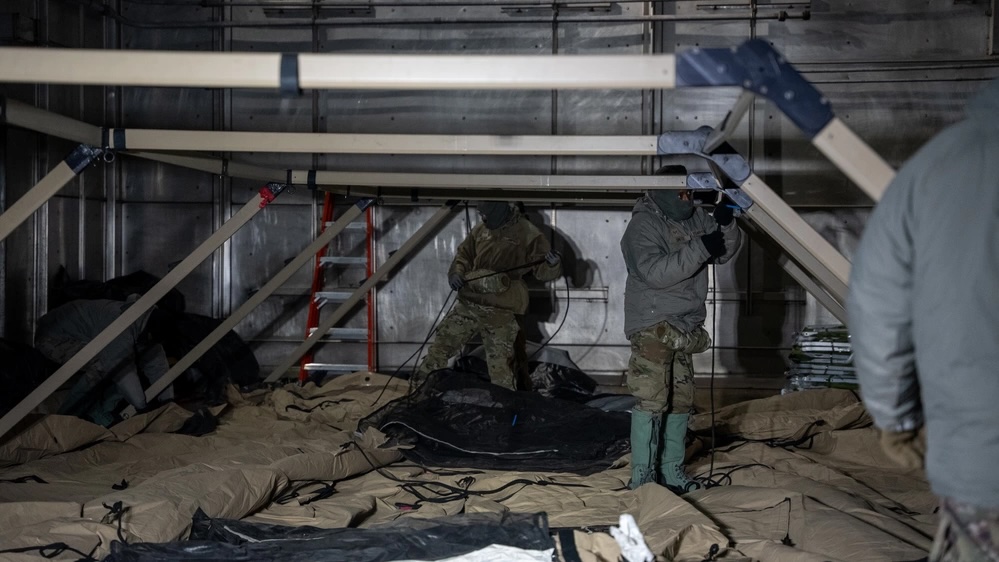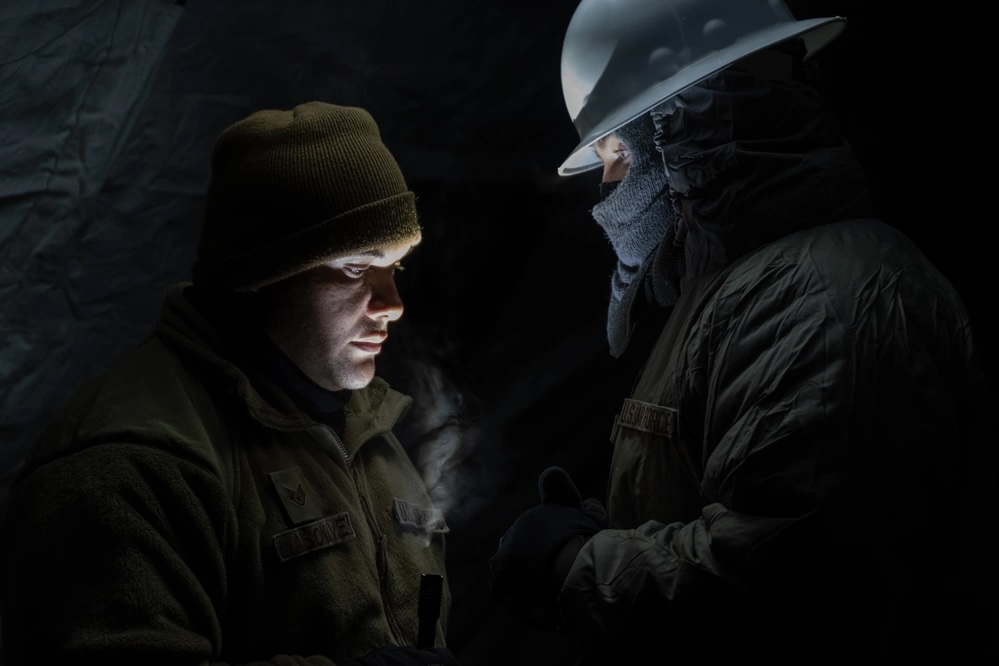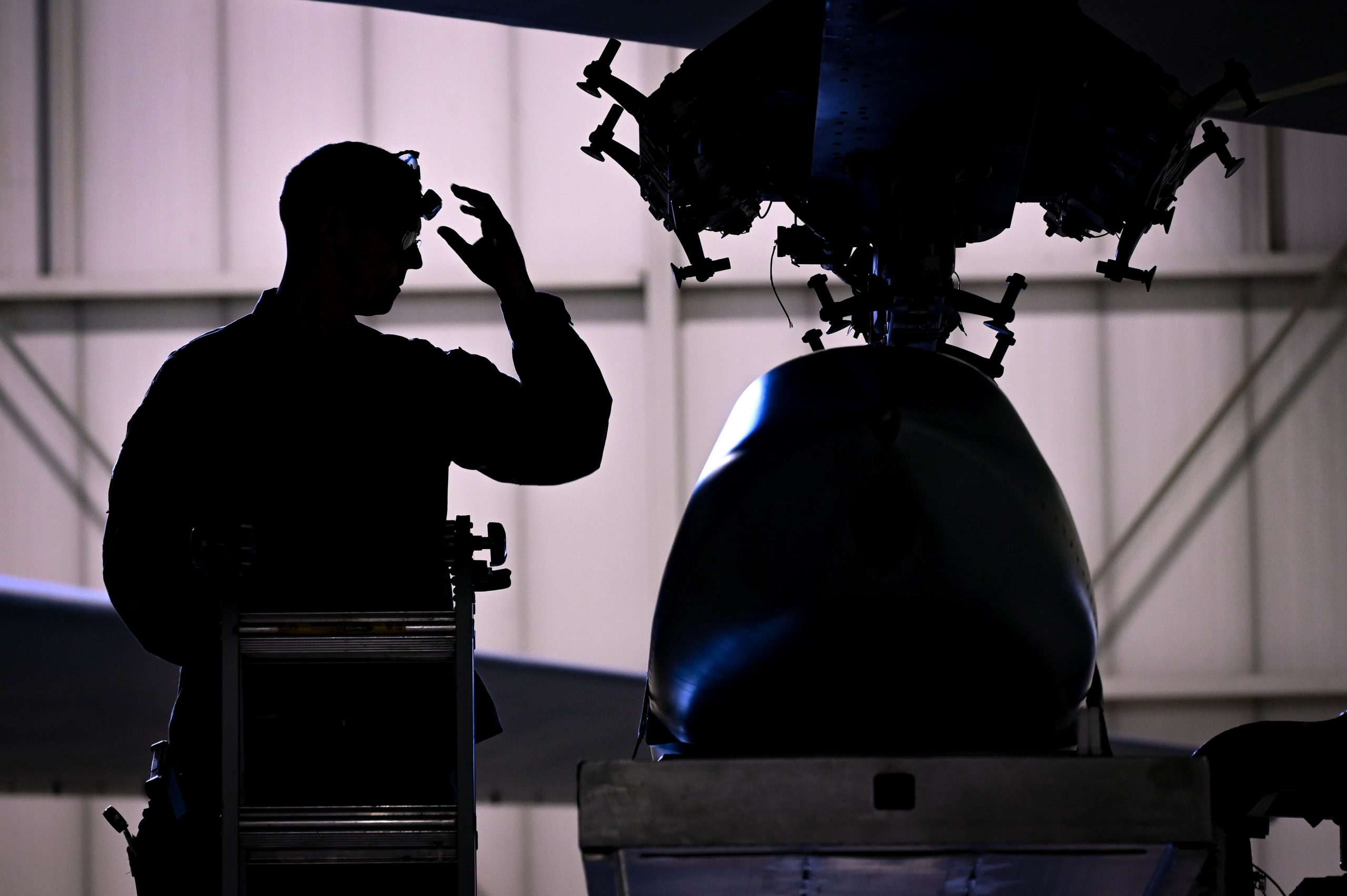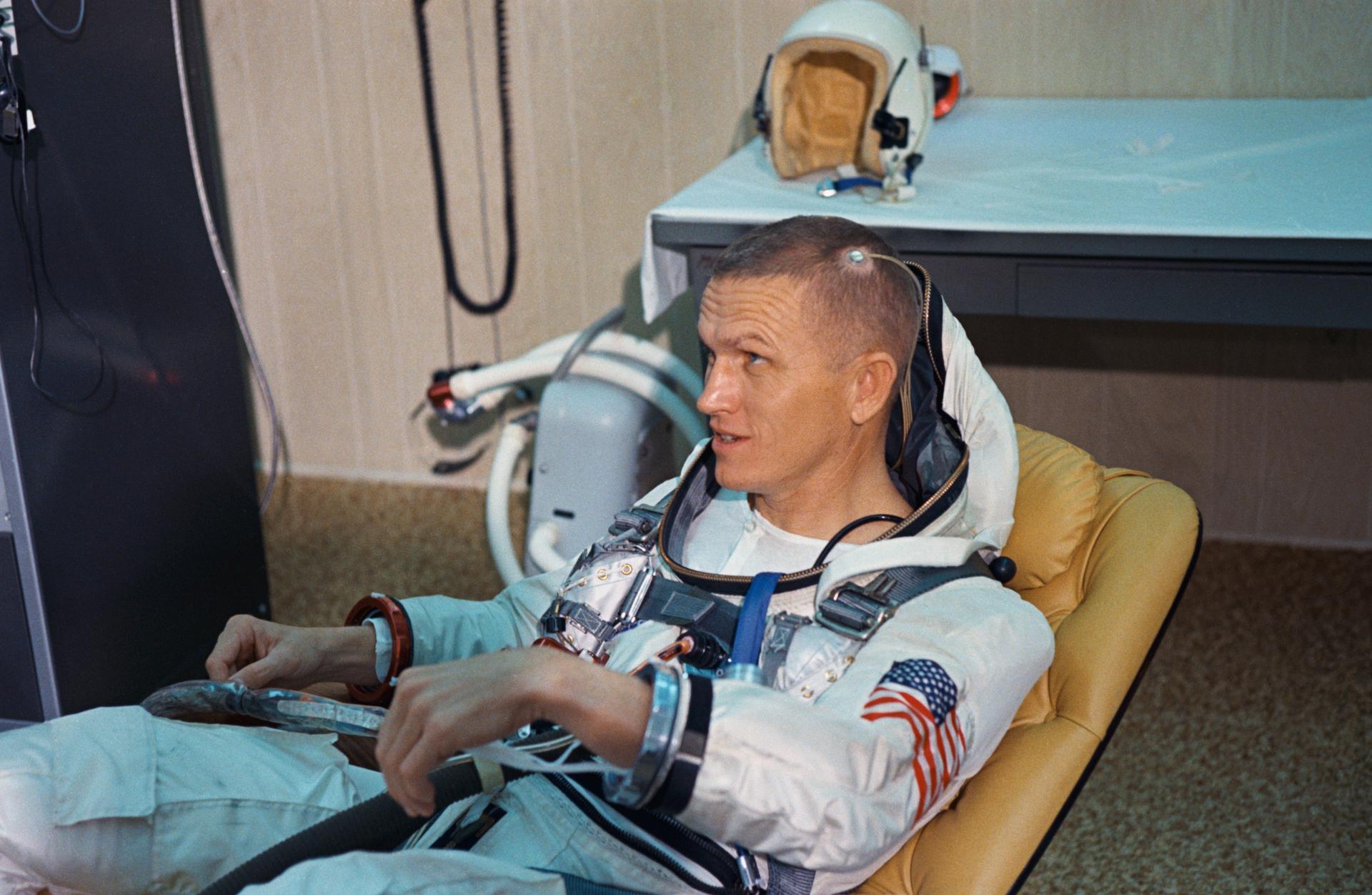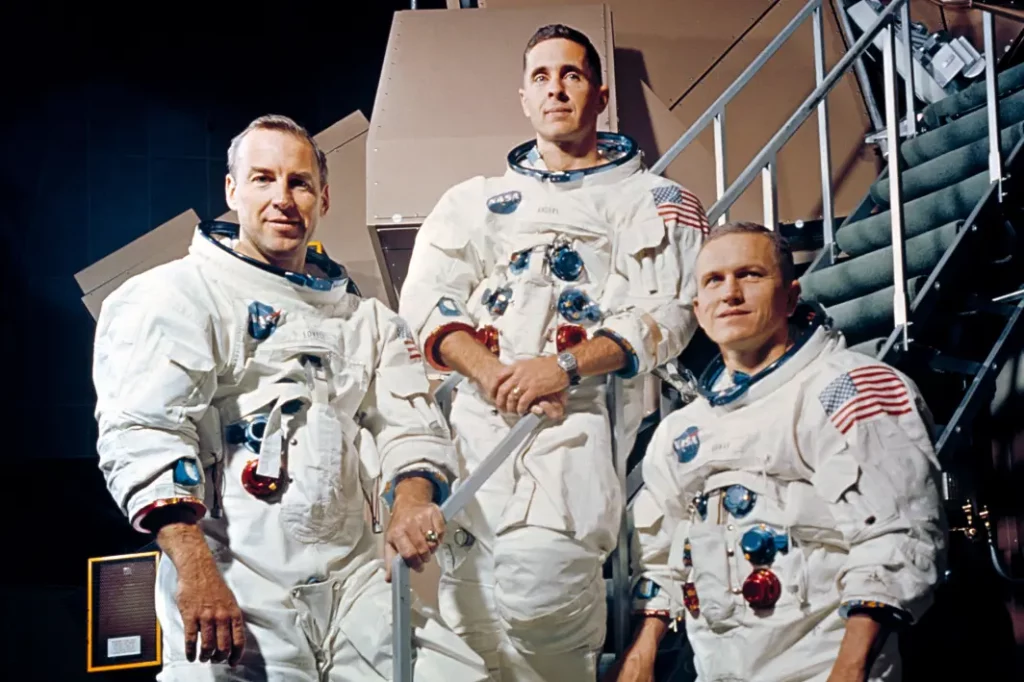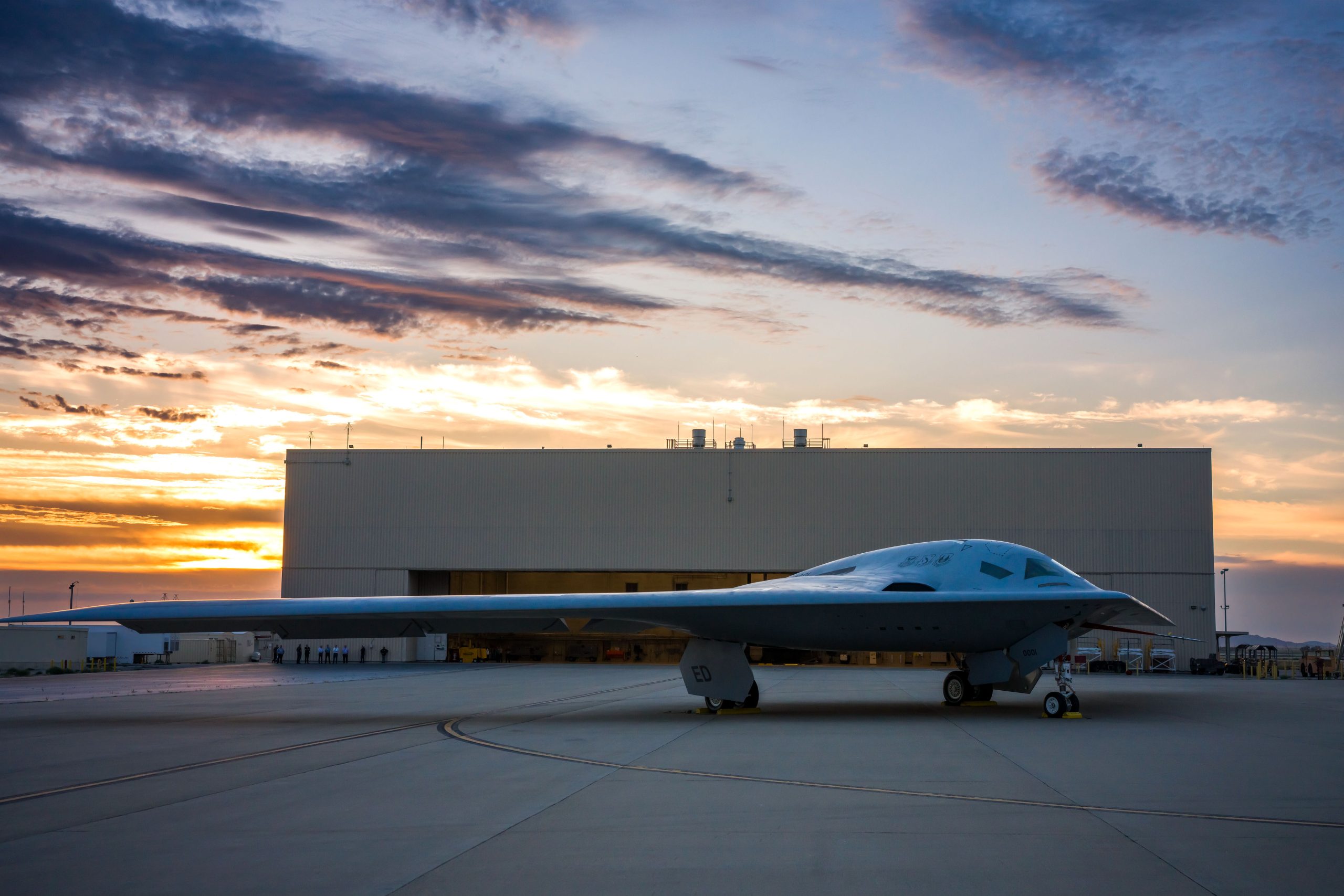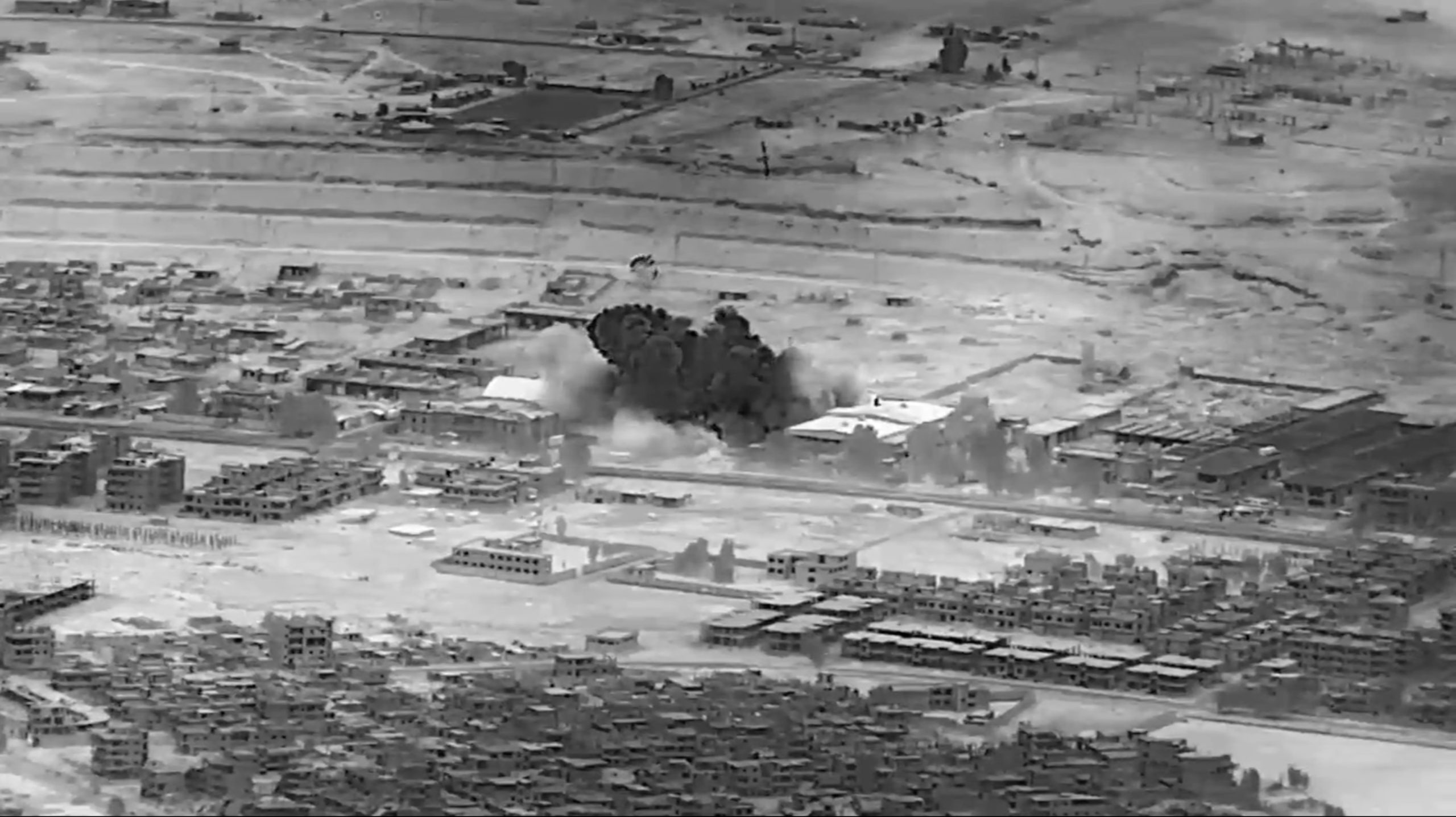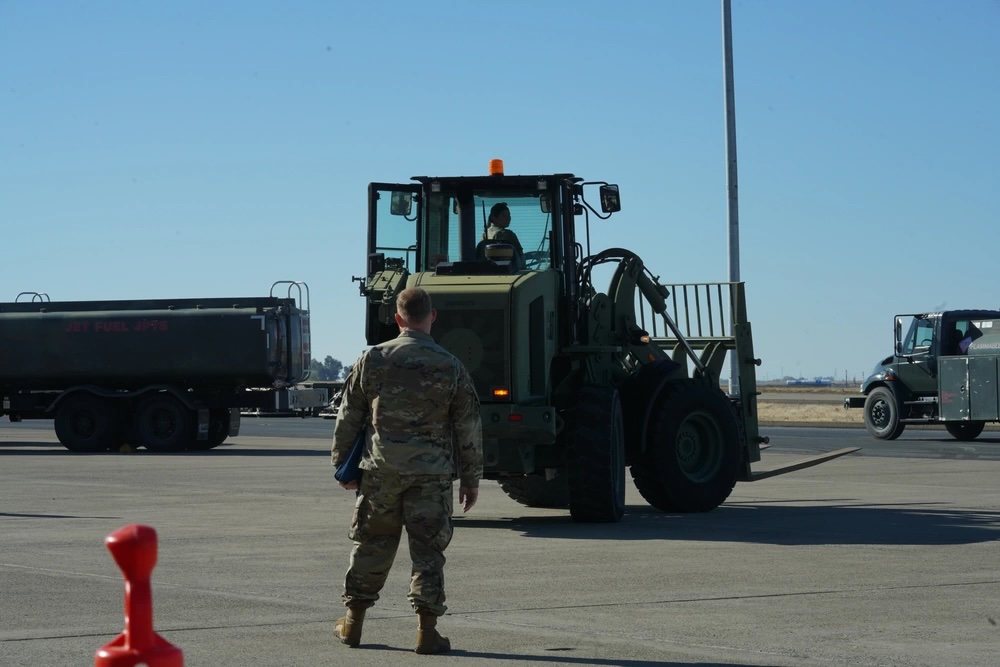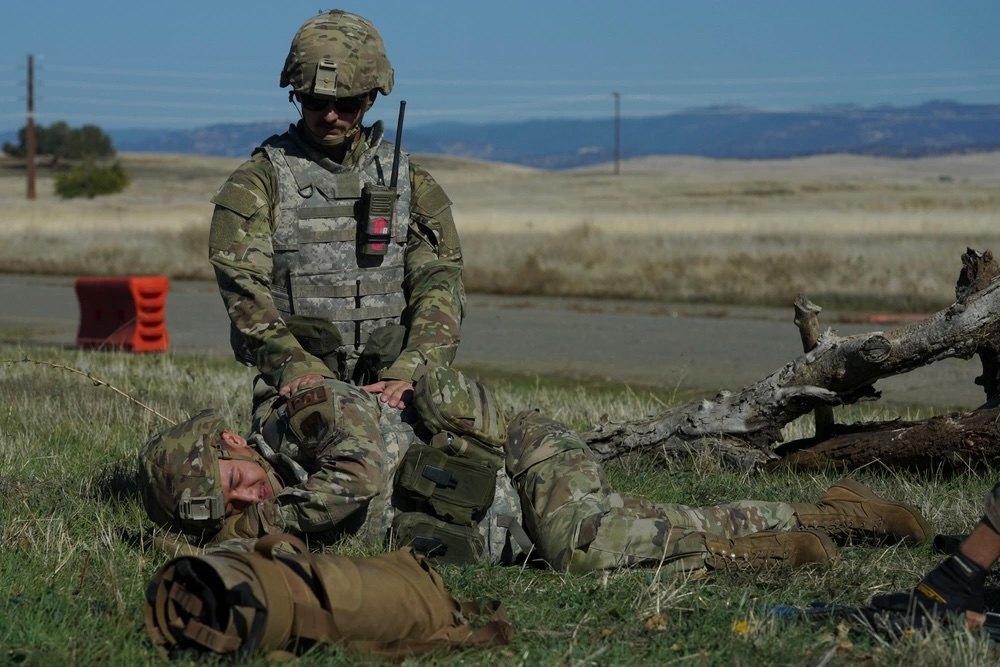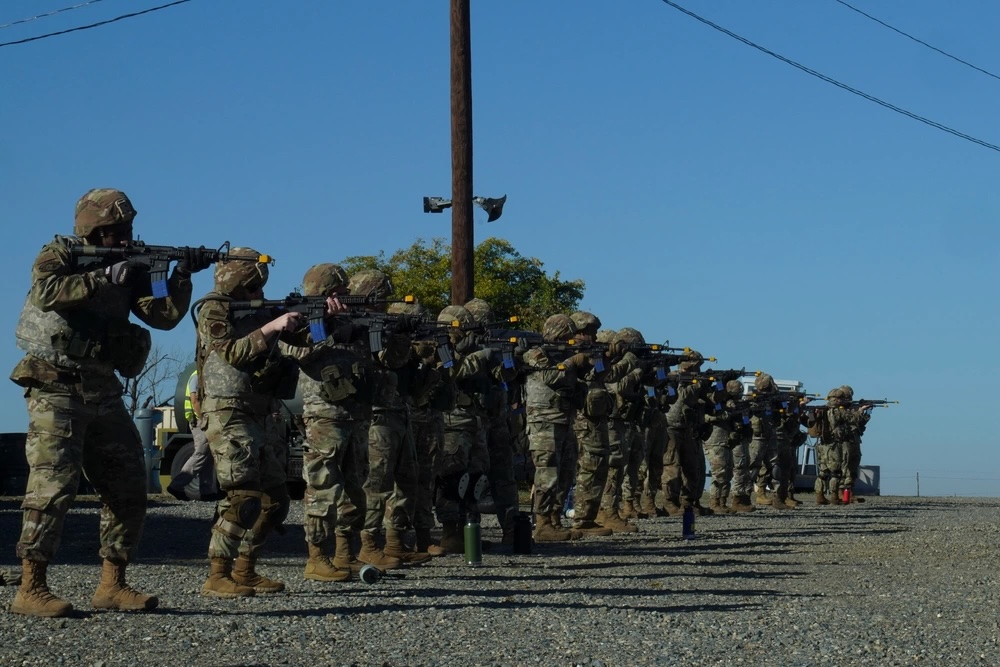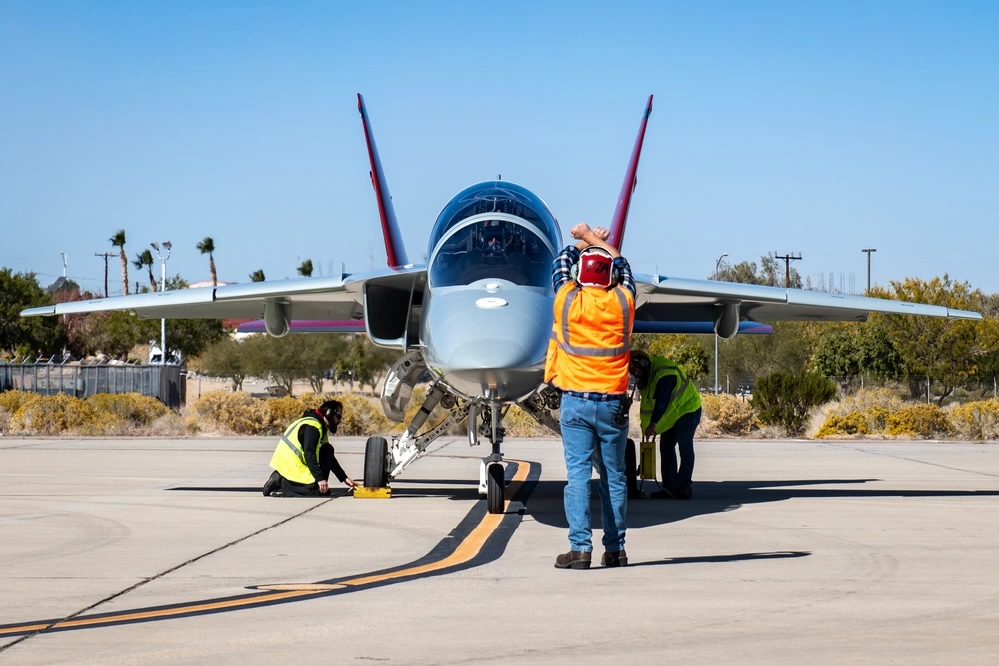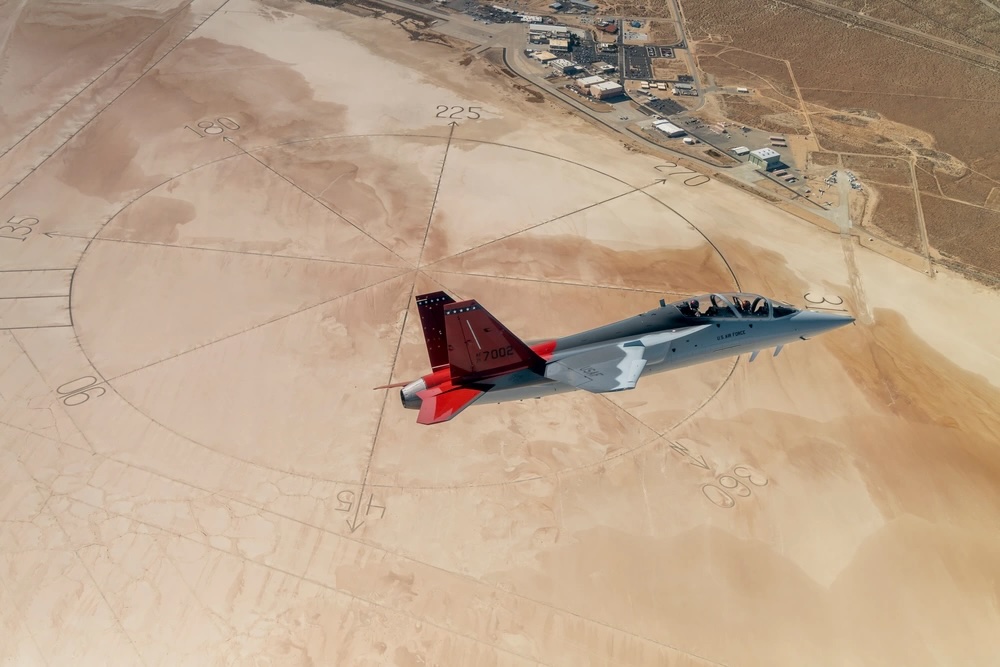The U.S. is working to expand how much it shares from its Shared Early Warning System with South Korea, also known as the Republic of Korea, to counter missile threats from North Korea.
The move was confirmed during the annual U.S.-ROK Security Consultative Meeting in Seoul on Nov. 13, as U.S. Secretary of Defense Lloyd J. Austin III met with ROK Minister of National Defense Shin Won-sik.
The leaders also updated and specified the two countries’ deterrence agreement, known as the ‘Tailored Deterrence Strategy,’ for the first time in a decade.
“Our deterrence commitment to the ROK remains ironclad,” Austin said in a press briefing following the meeting. “That includes a full range of our nuclear, conventional, and missile defense capabilities.”
The 2023 TDS was revised to include responses to potential scenarios such as attacks by North Korea using nuclear weapons or other Weapons of Mass Destruction (WMD).
Austin and Shin also evaluated the progress of Program Analysis Working Group for U.S.-ROK Missile Defense and decided to launch a “Joint Study” to enhance the Alliance’s comprehensive counter-missile strategy.
South Korea is also working to bolster its own missile surveillance capabilities, starting with the launch of its first reconnaissance satellite aboard a SpaceX Falcon 9 rocket from Vandenberg Space Force Base, Calif., on Nov. 30.
Following this initial launch, Seoul plans to have four more satellites launched from the Space Force base by 2025.
A day before Austin and Shin met one-on-one, they huddled with Japanese Minister of Defense Kihara Minoru as part of a trilateral Ministerial Meeting. During that meeting, they confirmed the three countries will implement a system for real-time missile warning data exchange, to monitor North Korean missile launches.
The mechanism, first announced during a trilateral summit involving the U.S., Japanese, and South Korean leaders in August, is undergoing final testing and is expected to be fully operational by the end of December, according to a Pentagon release.
Austin and the two defense Ministers also discussed the first ever trilateral aerial exercise between the three countries conducted in October, emphasizing the importance of continuing such joint training to address security challenges in the Indo-Pacific region.
Austin, along with his ROK counterpart, is attending a meeting with 16 other member states of the U.N. Command hosted in Seoul on Nov. 14. According to the ROK’s Ministry of National Defense, the summit aimed at pressuring North Korea to cease its illegal activities and reinforce U.N. security council resolutions on North Korea.
Pyongyang, after previously failing to launch a spy satellite in May and August this year, pledged to have its third attempt in October. There have been no public reports as to whether that occurred.
South Korean officials have suggested Russia, which is suspected of buying artillery rounds from North Korea, might be offering technical assistance to its space program.
